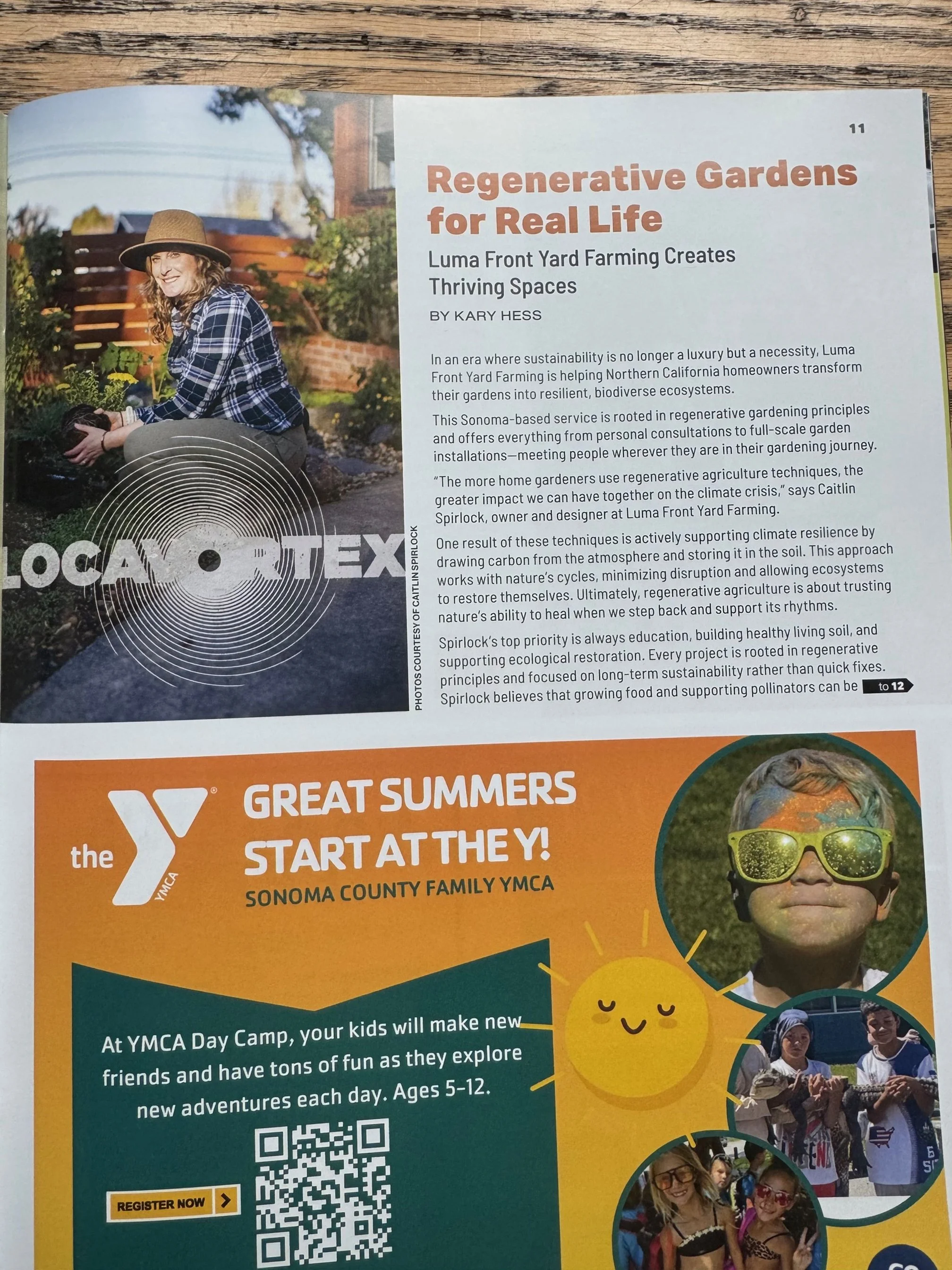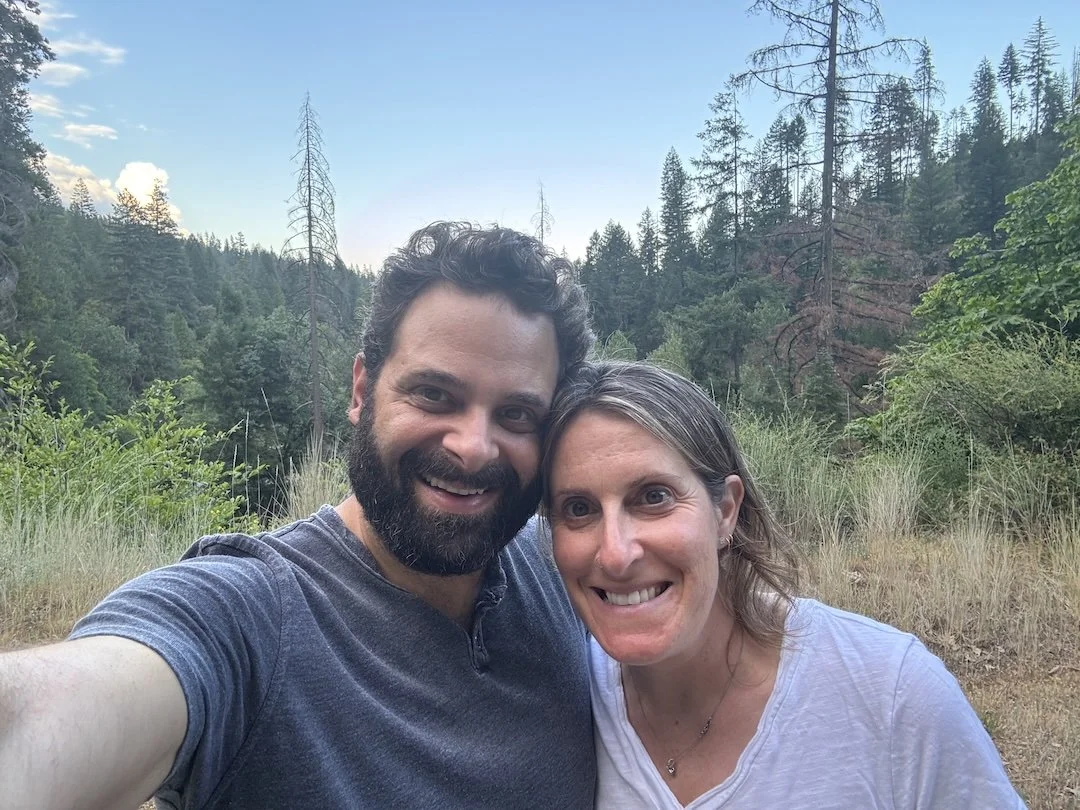Pollinator Plants In Their Natural Habitat
Welcome to July! It is that time of year where patience pays off. So much waiting for the gems to ripen and be ready to eat from the garden! Cucumbers are cranking out of our garden and we are overflowing with basil. A few sungolds are appearing! Just enough for a little fresh pesto pasta!
We are back from a rejuvenating annual trip to the Trinity Alps with my family! Being in nature fills me up, but being in the place that I have grown up going to year after year is so cup filling. The bonus we are off the grid with no cell service for a week! :)
Pollinators In Natural Habitat
It was wonderful to see so many native pollinator plants in the wild, that I plant in so many of your gardens!
Did you know that when we plant native California plants in our gardens, they need less water? This is because they are adapted to growing without much water during the summer in their natural habitat.
Just a reminder: healthy, living soil still needs water. It's not accurate to think you should never water at all. Without water, the soil can die. Healthy soil, compost, and a good mulch (not wood chips) will benefit your garden. Planting an all-succulent garden doesn’t support soil health. Many people believe that being drought-friendly means never watering, but avoiding water entirely can actually harm the soil.
July in the Garden
July is a mellow month patiently waiting for all garden gems ripening in the warmer temps. If you planted tomatoes in early May, by mid July I would water only once a week to make sure your tomatoes aren’t flavorless. Be sure to dead head pollinator flowers to increase chances for another blooming this summer. All spent flower heads (except roses) can be left at the base of the plant to help seeds repopulate and add carbon back to the soil.
Sweet Pea Seeds
Lastly, if you have spent poppies and sweet peas from your spring blooms. Leave the dead seed pods in the garden. I know, seeing dead brown tumbleweeds is something we have to get used to, but it will be worth it and so much better for the ecosystem you are building in your garden. The plants will dry out and the pods will open up and seeds will get distributed in the garden. The birds will use the small sticks to build nests, eat the seeds and next year you will have flurry of blooms that reseed in the garden!
Luma Front Yard Farming was featured in the Made Local Magazine. Be sure to get your hands on it to read up on all the information! The July / August issue is available now at Petaluma Market and my favorite Penngrove Market. :) Made Local Magazine
MadeLocal Magazaine
Luma Front Yard Farming was featured in the Made Local Magazine. Be sure to get your hands on it to read up on all the information! The July / August issue is available now at Petaluma Market and my favorite Penngrove Market. :) Made Local Magazine
Being in nature helps me to slow down and remember to breathe. Reminding me to be present with the hummingbirds and bees coming by to say hello and work. Do you wish you had somewhere to go in nature that brings you peace and joy? Do you not know where to start? I always start with a consultation that is filled with so many tips and tidbits.
We are here to support you in getting the garden of your dreams and give you something to bring you joy, fill your tummy with nutritious delicious food. Schedule a consultation today to find out how!






